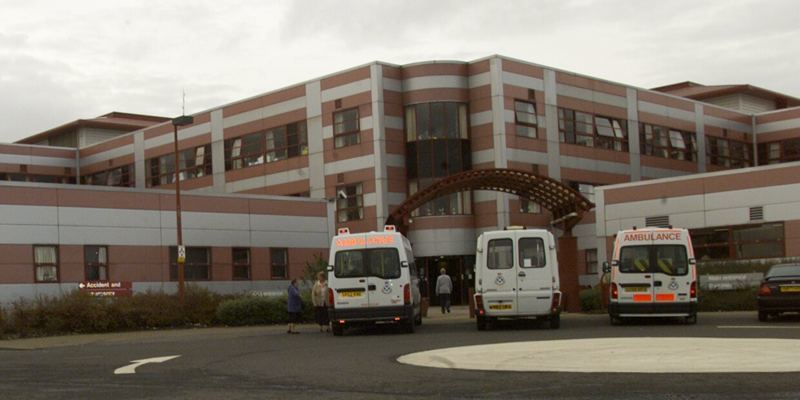A Fife man was unable to be buried in his suit as he wished because surgical equipment had been left in his body by hospital staff.
The 69-year-old, known as Mr A, died following an operation on an infected right hip joint at Queen Margaret Hospital in Dunfermline.
He had fallen and fractured his right hip while recovering in hospital from an operation on his left hip.
His son, referred to as Mr C, complained to the Scottish public services ombudsman about the care he received and the fact the family were not contacted in time to be with him while he died.
In his report published on Wednesday, the ombudsman upheld three complaints made by Mr C relating to his father’s treatment in hospital during August and September 2009.
“Mr C complained that when Mr A died a catheter tube was left in his body. He said that this meant that the family were unable to fulfill his father’s wish of being buried in his suit,” said the ombudsman.
According to the report, the device was a hip wound drain that had been clamped and left on the body.
Although it is normal practice to remove surgical devices before a body is released to the funeral director, the consultant pathologist and mortuary technician decided not to remove the drain because they thought it would prevent the wound from leaking.
The report said, “The board (NHS Fife) accepted that they could have removed the device prior to releasing Mr A’s body to the funeral director.
“As a result of Mr C’s complaint, they arranged for a review of their protocols within the pathology department to ensure that in future all devices are removed before transfer to funeral directors.”
The ombudsman, Jim Martin, also concluded that, despite NHS Fife having strong policies to prevent patients from falling, staff failed to deliver them in practice, and the health board was given a recommendation to address the problem.
Mr A, who suffered from dementia, fell five times in ward 14 between August 9 and August 24, 2009.
He had been kept in ward 14 after a successful operation on his left hip, carried out on August 2, because he was considered to be at increased risk of complications due to surgery.
He had other medical problems including diabetes and poor circulation, and had undergone an operation to remove a kidney.
When he fell on August 24, Mr A fractured his right hip and he underwent a second operation that day.
On the day of Mr A’s second hip operation a swab was taken from a sore on his foot. Four days later, a microbiologist confirmed the swab had tested positive for meticillin resistant staphylococcus aureus (MRSA).
On September 13, Mr A became unwell and feverish. The next day, a consultant examined the wound on his right hip and noted that it was “a bit red, otherwise OK.”
But results were received on the evening of September 14 and again Mr A had tested positive for MRSA.
Two days later, the right hip wound was swollen and oozing and it was decided to remove the replacement hip joint as it was likely to be infected.
During a third operation on September 17, Mr A lost a lot of blood and was taken to the high-|dependency unit (HDU) at around 9pm. He died at 11.15pm.
The report stated, “The orthopaedic registrar attempted to contact Mr C on a number of occasions between 9pm and 10.30pm but there was no answer on the contact number that he had.
“It was not until 11.15pm, when Mr A died, that nursing staff in the HDU had the opportunity to look throughtheir documentation and find an alternative contact number.
“Whilst I am satisfied that the board made attempts to contact Mr A’s family, I am mindful of Mr C’s comments regarding the fact that Mr A died alone and consider that more could have been done to prevent this.”
The health board was told to consider measures to improve communication with families.
George Brechin, chief executive of NHS Fife, said, “NHS Fife would again like to offer its sincere condolences to the family. We accept the recommendations of the Scottish public services ombudsman and have already initiated work to act on the recommendations made.”
